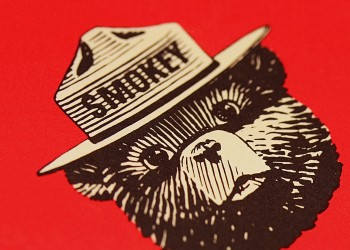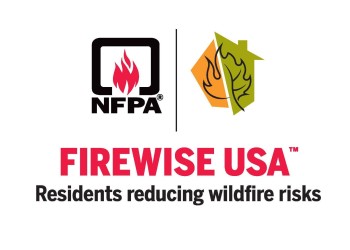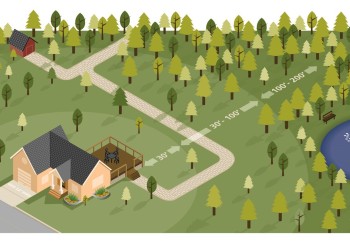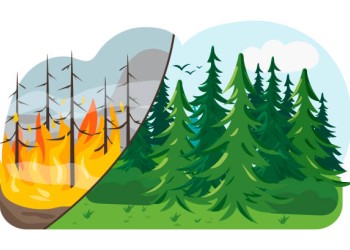Prevention
Fire Prevention and Education
Our fire and prevention specialists work closely with area schools, community organizations and others to deliver information on preventing human-caused wildland fires, as well as how to prepare your home and property should a fire start. Every year, on average, human-caused wildfires account for approximately 85% of wildfires in the United States. Though most of these fires are caused by accidents, many of them can be prevented.
Educate yourself on how you can prevent wildfires and mitigate the impacts of wildfires on your community.
Below, you will find links to helpful prevention and education resources
Smokey Bear

Firewise

Defensible Space

Fire Prevention

For over 80 years, Smokey Bear has been protecting our nation’s wildlands and sharing his ever more important wildfire prevention tips. With his iconic, “Only you can prevent wildfires,” catchphrase and signature belt and hat, Smokey continues to remind audiences that when we practice fire safety, we all do our part in keeping our nation’s wildlands safe.
What Are Fire Danger Ratings?
The National Fire Danger Rating System (NFDRS) is a system that allows fire managers to estimate today's or tomorrow's fire danger for a given area. It combines the effects of existing and expected states of selected fire danger factors into one or more qualitative or numeric indices that reflect an area's fire protection needs. It links an organization's readiness level (or pre-planned fire suppression actions) to the potential fire problems of the day.
Knowledge of these levels can help forest visitors make decisions about whether or not to have a campfire or ride their OHV in a dry area. Contractors working in the forest may consider extra precautions when using equipment that might produce sparks. In some cases, the National Forest may even restrict certain activities based on the fire danger levels.

- A LOW rating designation means grasses and brush do not ignite readily from small firebrands. Dead and down timber fires spread slowly on the ground with little danger of spotting.
- Conditions for MODERATE could mean that fires in open cured grasslands will burn briskly and spread rapidly on windy days. Timber fires spread slowly to moderately fast.
- Fires when the rating is HIGH could easily start from most causes. Unattended campfires are likely to escape with fire spreading rapidly and short-distance spotting is common.
- VERY HIGH rating means that fires start easily from all causes and immediately after ignition, spread rapidly, and increase quickly in intensity. Spot fires starting new fires is a constant danger.
- When conditions are EXTREME all fires are potentially serious because fires start quickly, spread furiously, and burn intensely. It is often too dangerous for firefighters to engage with direct attack suppression tactics.


